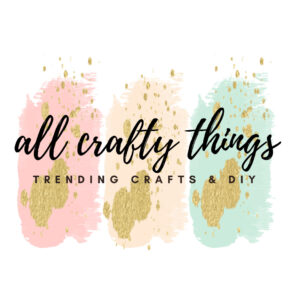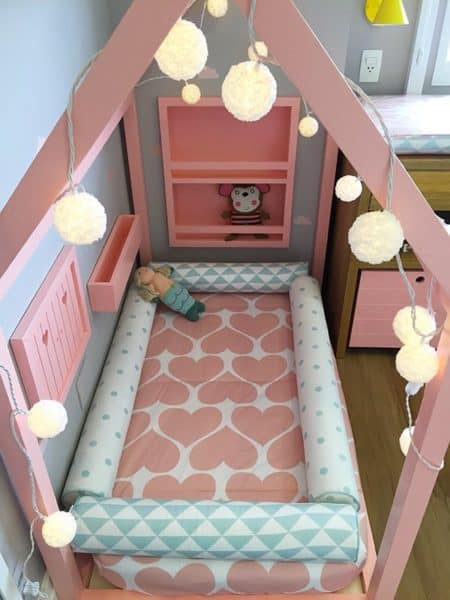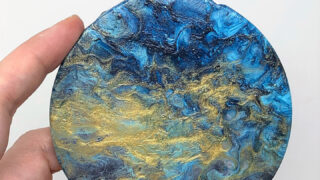Thinking about a floor bed for your baby or toddler? Sharing some things to consider as you figure out what’s best for your little one!
Sleep can be a huge topic for many new parents. Where your little one is going to sleep is usually question No. 1. Bassinet or crib? In your room or in their own room? Bed share?
But there may be another option you haven’t considered – of course unless you’re a Montessori follower.
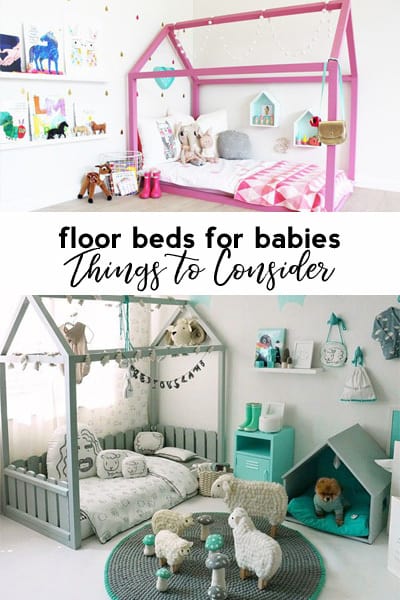
Low beds, or floor beds, are a concept created by Italian physician and educator Maria Montessori. The Montessori method centers on a child’s innate ability to initiate her own learning within a prepared environment.
Along those lines, a floor bed is thought to allow children to exercise independence and follow their natural cues where sleep hygiene is concerned.
A floor bed is exactly what it sounds like. It is a bed that sits low to the floor and does not have any bars or barriers like a traditional crib.
Typically around 2 months of age, the child is transitioned to a floor bed. Although, there are arguments for earlier or later transfer. Two months is ideal because the baby has ideally adjusted to a sleep schedule but has not yet begun rolling over.
Benefits of Floor Beds
- One argument in favor of a floor bed is that it shows respect for a child’s individuality and ability to govern his own sleep behaviors.
- Floor beds encourage children from a young age to listen to their natural bodily cues, going to sleep and waking when they feel the need.
- Support developmental exploration. When setting up a floor bed, parents are encouraged to prepare the child’s room in an appropriate manner. This means in addition to baby proofing for safety, additional items are strategically placed around the room at the child’s height to encourage play and experiential learning.
Cautions
- Rolling. As your baby gets older, she will likely roll onto the floor. Depending on whom you ask, this may not be a negative. Many children who roll onto the floor simply continue sleeping. Because the bed is only a few inches off the ground, the potential for injury is small. Placing a noodle under the sheet at the end or side of the bed or pillows around the perimeter of the bed can mitigate any fears you may have about rolling.
- Unattended exploration. Again, this drawback is up for debate. Montessori is all about self-directed activity, but depending on your child’s special needs or temperament, unattended play may not be suitable. Childproofing the child’s room is crucial!
- Child may leave room. If a child is able to wake and leave her bed unassisted, this may invite them to leave their room in the middle of the night or during naptime. Placing a baby gate at the door, however, can easily fix this potential problem
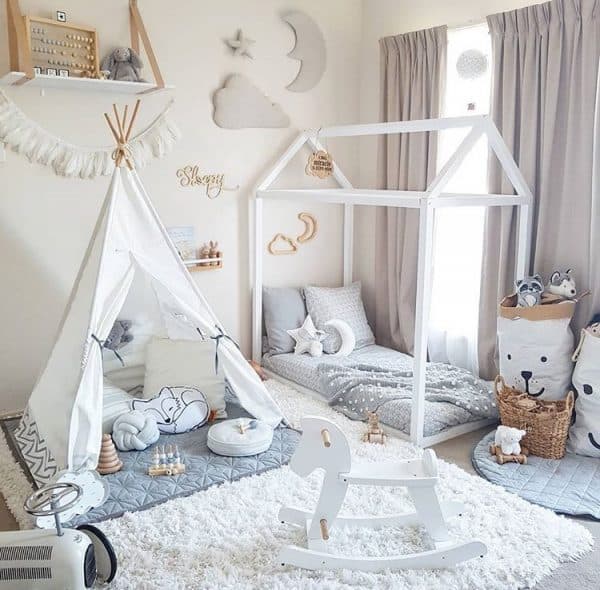
The Bottom Line
The answer is: it depends. The more appropriate question might be is the floor bed for you?
Parents must be comfortable with the above cautions list, as well as believe in the Montessori philosophy of child-initiated sleep routines.
One thing is for certain; a floor bed will eliminate your need to purchase both a crib and a toddler bed. Love it or hate it, it’s a money-saver for sure.
Looking for more inspiration? This post has lots of floor bed ideas for toddlers and kids!
